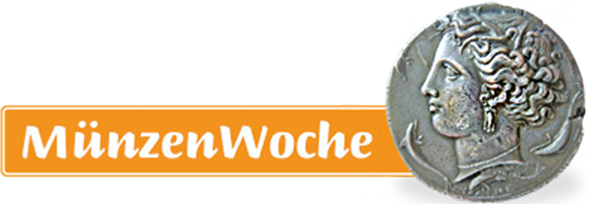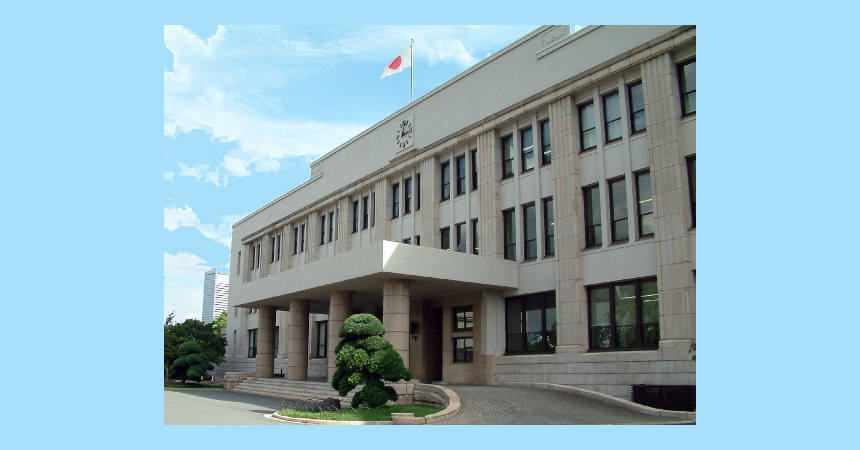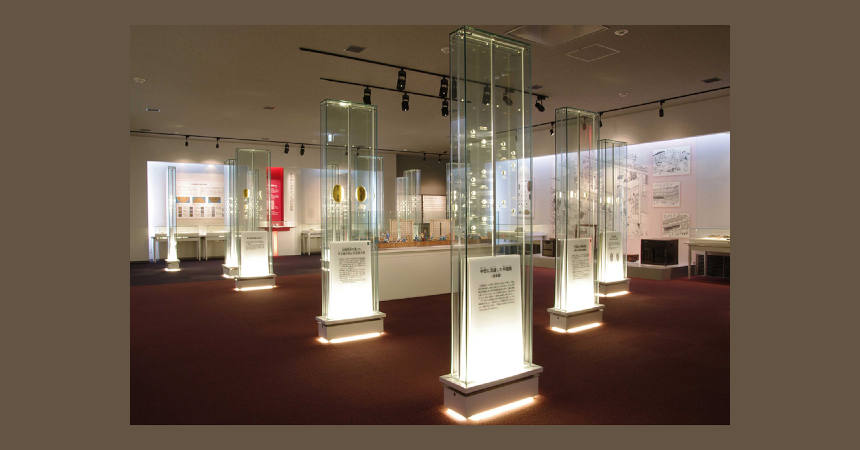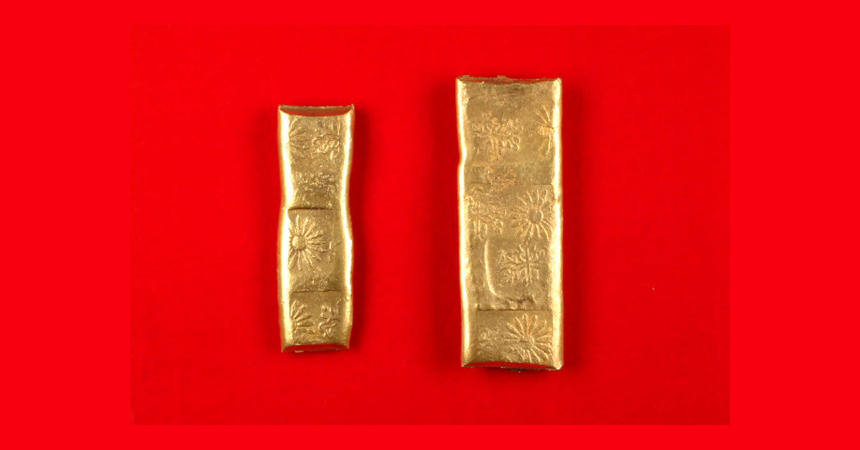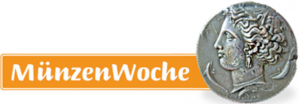Japan Mint and Museum
Wenn es kein Logo gibt, wird diese Spalte einfach leer gelassen. Das Bild oben bitte löschen.
(Dieser Text wird nicht dargestellt.)
1-1-79, Temma 1-chome
kita-ku, Osaka 530-0043
Tel: +81 06 6351 5361
The Mint Museum is the only western-style brick building remaining from the Meiji era (1868-1912) on the premises of the Japan Mint. Originally built in 1869 as a thermal power plant, the building was converted to the Mint Museum. A major renovation was completed in April, 2009 which covers three floors, making the Museum with new exhibits more interesting to visitors.
The Mint Museum has 4,000 historical items. Visitors can see valuable documents, learn the history of coins, and realize the close relationship between society and coins. Although all explanatory text is in Japanese, multi-language audio-guides are provided free of charge to make the experience an enjoyable one for non-Japanese speakers.
1st-Floor Entry Hall
Here, visitors are first attracted to the Great Clock in front of the factory, made in 1876 to strike on the hour. It has been repaired once, and since then has been marking time as a symbol of the Mint Museum. Also in the hall is a scale model of the Mint at the time of its establishment in 1873, showing the area of 1.9 million square feet (180,000 square meters) to be twice that of what it is today.
2nd-Floor Exhibition Room
The exhibition here features materials used just after the Mint’s formation. On display is the balance produced in 1876 by one of the engineers involved in the Mint’s founding, and was used to weigh production such as gold coins. This type of balance is still used in the annual coin test.
Also on display are a variety of sample coins and dies; historical documents relating to foreign specialists invited to the Mint; and prize medals from both the 1966 Tokyo Olympics and the 1998 Nagano Winter Olympics, both of which were produced by the Japan Mint.
There are several areas of which visitors can interact with the exhibits. Gold and silver bullion bars can be touched in the “Experience Corner.” Visitors can also try to lift a senryoubako —originally a chest weighing about 44 lbs (20 kg) used for storing and carrying 1,000 gold koban coins. For the children, the Mint created wooden puzzles featuring a 20-yen gold coin, a 500-yen coin, kanei tsuho (square hole copper cash coin), and a miniature model at the time of the Mint’s establishment.
3rd-Floor Exhibition Room
Ancient Japanese coins such as bronze fuhon-sen (replica shown), wado-kaichin, and kocho-sen, which were government issued bronze coins from 708 to 958 AD are shown. Also shown are ancient Chinese coins such as knife money, medieval to modern age coins like the tensho-oban, one of the largest gold coins in the world, and the koban. There is the only existing specimen of takenagashikin (gold accumulation) manufactured during the era of Hideyoshi Toyotomi (1536-1598), made by pouring gold into a bamboo-shaped cast, which was found in Osaka’s Yodo River in 1935. Also on display are gold and silver coins produced during the Meiji era, other commemorative coins, and foreign coins.
This text was written by Howard M. Berlin and first published in his book Numismatourist in 2014.
You can order his numismatic guidebook at Amazon.





